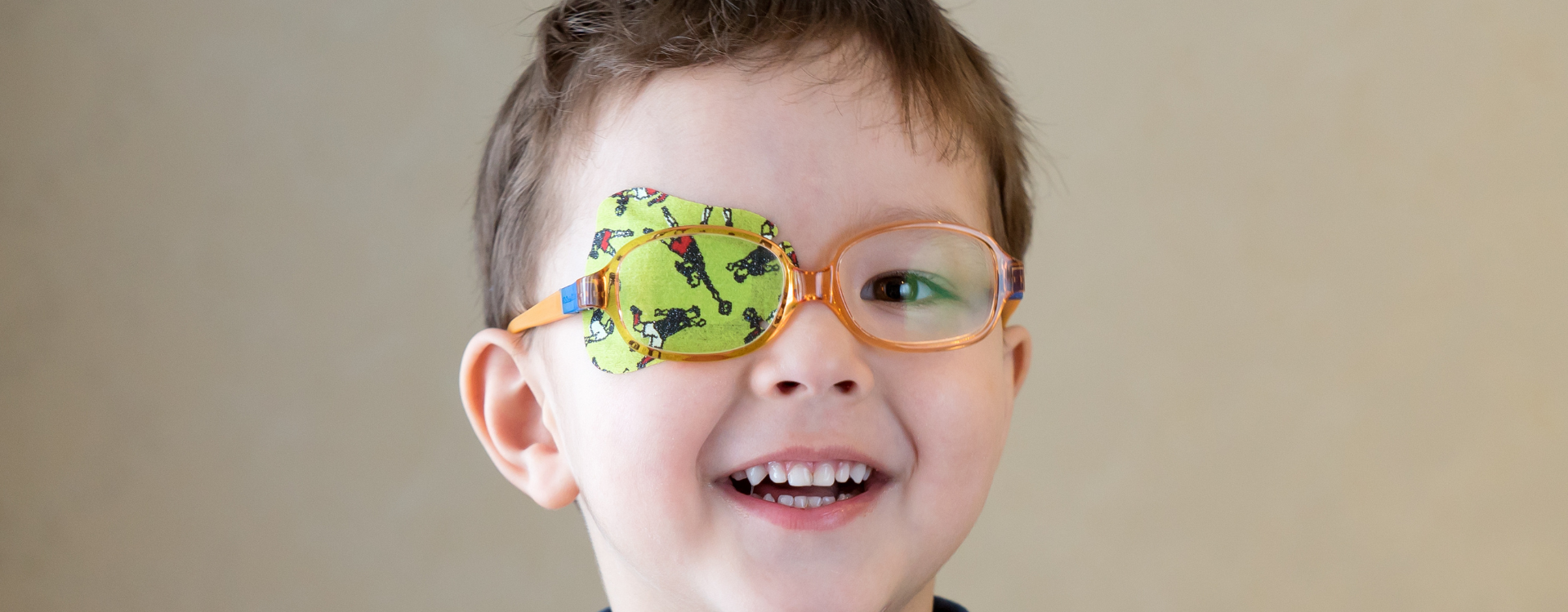
Understanding lazy eye: Symptoms, causes and treatments
What is a Lazy Eye?
Amblyopia, also known as lazy eye, is a decrease in visual acuity of one or both eyes due to lack of use during the visual learning period. This condition begins in childhood, and if not diagnosed and treated in time, it can persist into adulthood. Amblyopia is the most common cause of vision loss in children and young people in developed countries, affecting 3 to 4% of school-aged children.
Development of Vision in Children
At birth, the sense of sight is not yet developed. Infants are not born with perfect vision; this ability develops and is acquired over the first few years of life. The visual development process typically completes by the age of 8 or 9, although the first four years are crucial for significant progress in visual learning.
Why Does Lazy Eye Often Go Unnoticed?
In many cases, amblyopia/lazy eye shows no obvious symptoms because the child does not know what it is to see well. They simply adapt to the vision they have, especially if only one eye is affected. The healthy eye compensates for the deficiency of the other eye, and the child may not realize they have a vision problem. This is why it is crucial for educators, parents, and pediatricians to be attentive to any signs indicating weak vision, such as the tendency to get close to objects, lack of attention in class, or clumsiness. These signs may indicate that the child does not see well.
How Does Normal Vision Develop?
For optimal visual learning, both eyes must receive a clear image. These images are then sent to the brain, which combines them to create clear and detailed vision. If the child has a problem affecting the quality of the image received by the brain, the brain will "cancel" the development of the affected eye. The eye will then become "lazy" because it does not work properly to provide a clear image.
Causes of Lazy Eye
Strabismus
Strabismus is a condition where the child misaligns one or both eyes. To avoid seeing two different images, the brain cancels the vision of the deviating eye, thus hindering the normal development of that eye. This can lead to unilateral or monocular vision.
Optical Defects
Refractive errors such as astigmatism, hyperopia, or myopia can cause blurry vision. If the image perceived by the brain is blurry, it will settle for this quality of image, and the visual learning curve stagnates, leading to deficient vision.
Anisometropia
Anisometropia is a difference in dioptric power between the two eyes. When one eye has a higher dioptric power, the perceived image is blurrier. The brain then chooses the eye with better vision, making the other eye "lazy".
Organic Causes
Physical obstacles in the visual axis, such as a congenital cataract, a corneal opacity, ptosis (drooping eyelid), or retinal diseases, can also lead to amblyopia. Any pathology obstructing the correct projection of an image to the brain can cause this condition.
Symptoms of Lazy Eye
In most cases, the child is asymptomatic and develops normally. Only in the most apparent cases can unusual behaviors be identified, such as tilting the head, constantly blinking, having a drooping eyelid, lacking attention, or frequently falling. These signs should alert parents and teachers, requiring a consultation with a pediatric ophthalmologist. Early diagnosis is crucial regardless of the child's age.
Importance of Early Diagnosis
Amblyopia can be effectively treated if diagnosed and treated at a young age. It is essential that every child, with or without symptoms, be examined by a pediatric ophthalmologist at the age of 2-3 years. This examination evaluates eye motility, eyelids, as well as the anterior and posterior parts of the eye, and detects any potential refractive errors. Subsequent check-ups will depend on the results of this first examination. An annual check-up is also recommended until the age of 9 to treat any potential changes during growth.
Treatment of Lazy Eye
To treat amblyopia/lazy eye, the first step is to identify and correct the underlying cause. For instance, in the case of a refractive error, it needs to be corrected with glasses or contact lenses. If there is a visual obstacle, such as a cataract or a drooping eyelid, surgical intervention may be necessary to correct the issue.
Occlusion of the Healthy Eye
The most effective method for treating lazy eye is occlusion of the healthy eye using a patch. This method forces the amblyopic eye to work. The duration and schedule of occlusion vary depending on the degree of amblyopia, the cause, and the child's age.
Alternatives to Occlusion
There are alternatives to occlusion, grouped under the term penalization. Penalization involves causing blurry vision in the healthy eye to force the amblyopic eye to work. This can be done optically (with an inadequate correction for the healthy eye) or pharmacologically (with an eye drop causing blurry vision). These methods are secondary options, used when occlusion with a patch is not possible.
Importance of Visual Rehabilitation and Orthoptics
Visual rehabilitation and orthoptics also play a crucial role in treating lazy eye. Specific eye exercises can help strengthen the amblyopic eye and improve coordination between the two eyes. These exercises are often prescribed by an orthoptist, a specialist in visual rehabilitation.
Conclusion
Acting quickly for optimal vision To achieve good visual acuity in adulthood, early diagnosis and treatment of amblyopia are fundamental. It is never too early to have a child's vision examined, but it can sometimes be too late. What we do not learn during the first years of our lives cannot be recovered in adulthood. Therefore, early diagnosis and prompt treatment are essential to ensure healthy vision and effective correction of amblyopia. In summary, your child's visual health depends on the vigilance and promptness with which you respond to the first signs of visual problems. Early diagnosis, appropriate treatment, and regular check-ups are key to preventing and correcting lazy eye, thus ensuring your child clear vision and an optimal quality of life.


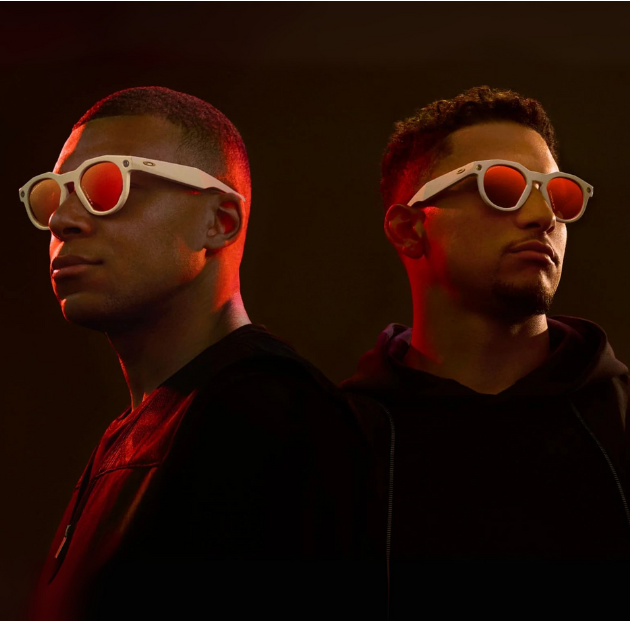

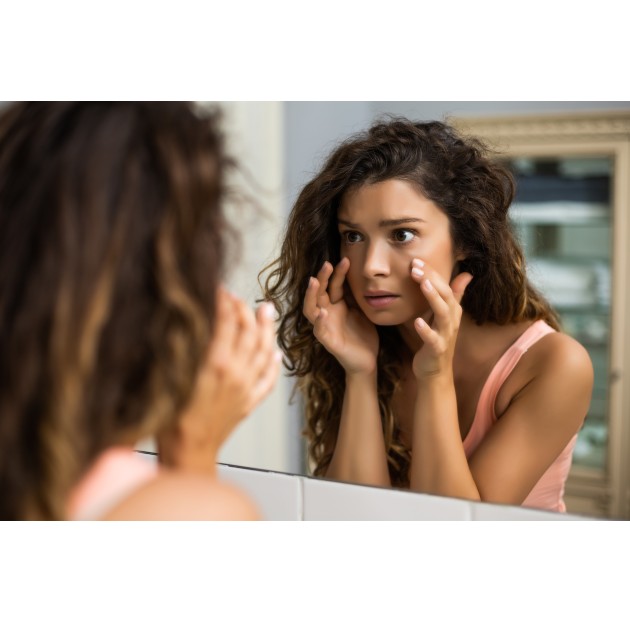
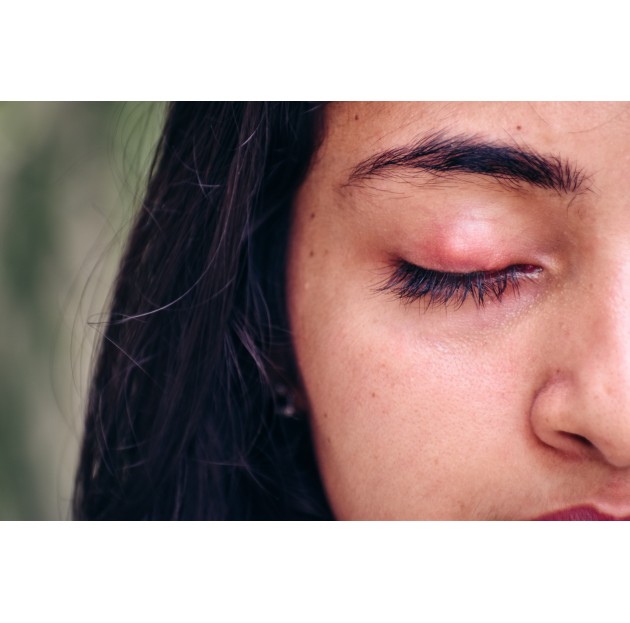
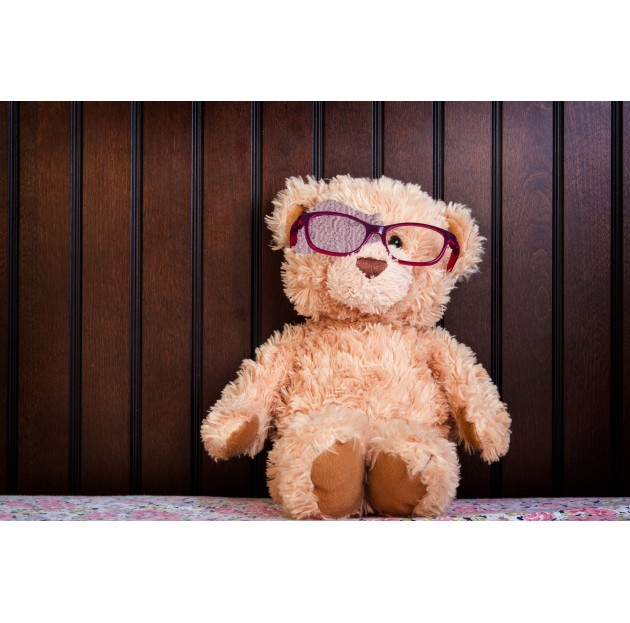

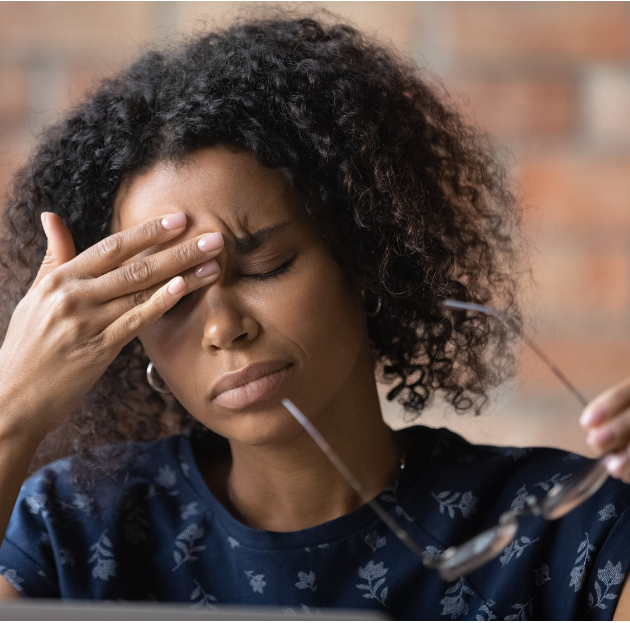
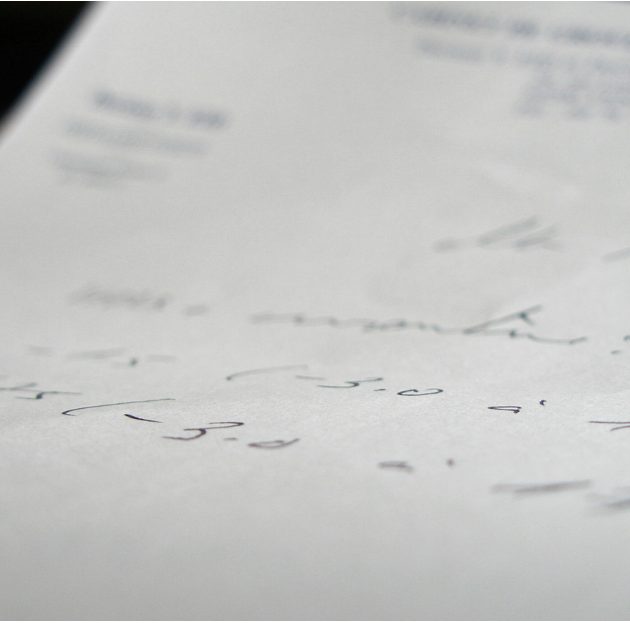
Leave a comment